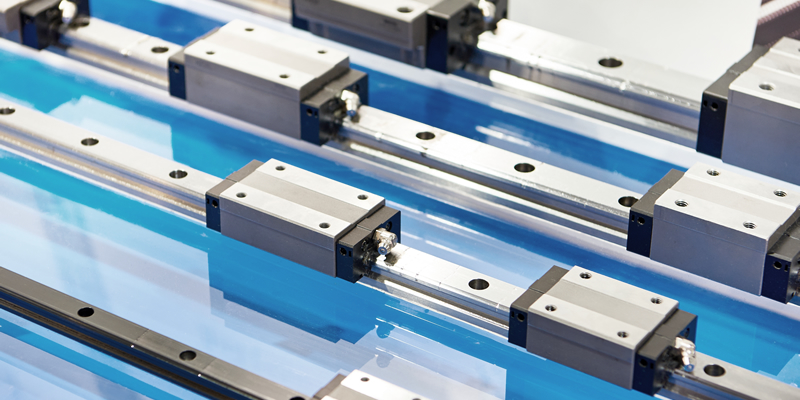FAQ
- Home
- Faq
- Knowledge Q&A
- The Difference Between Hard Rails and Linear Rails.
The Difference Between Hard Rails and Linear Rails.

Hard rails and linear guides are two different types of guide systems commonly used in mechanical equipment.
Here are the differences between the two:
Line Rails: Line rails, also known as linear guides or linear bearings, are modern guidance systems that use rolling elements to achieve smooth motion. They have rail and bracket assemblies. The guideway has a linear profile with raceways, and the carriage contains rolling elements, such as balls or rollers, that circulate within the raceways to promote smooth and precise movement.
Linear Rails: Linear rails provide low-friction motion, resulting in smooth, precise motion. They provide high accuracy and repeatability while maintaining relatively low friction and wear. Linear rails are often used in applications that require high speed and high-precision positioning, such as CNC machine tools and automation systems.
The choice between rigid rails and linear guides depends on the specific application requirements, load capacity, accuracy and required kinematic characteristics. Each system has its benefits and considerations, and choosing the right guidance system is critical to achieving optimal performance and productivity.
Here are the differences between the two:
Design and construction
Hard Rails: Hard rails, also known as box rails or box slides, are rigid guide systems usually made of cast iron or steel. They consist of precision machined surfaces with rectangular or box-shaped profiles. Contact between sliding surfaces provides stability and shock resistance.Line Rails: Line rails, also known as linear guides or linear bearings, are modern guidance systems that use rolling elements to achieve smooth motion. They have rail and bracket assemblies. The guideway has a linear profile with raceways, and the carriage contains rolling elements, such as balls or rollers, that circulate within the raceways to promote smooth and precise movement.
Sports and performance
Hard Rails: Hard rails offer exceptional rigidity and are suitable for heavy-duty applications requiring high load capacity and resistance to deflection. They can withstand huge cutting forces and provide better stability during machining operations. However, they may exhibit higher friction and require regular maintenance to ensure smooth operation.Linear Rails: Linear rails provide low-friction motion, resulting in smooth, precise motion. They provide high accuracy and repeatability while maintaining relatively low friction and wear. Linear rails are often used in applications that require high speed and high-precision positioning, such as CNC machine tools and automation systems.
The choice between rigid rails and linear guides depends on the specific application requirements, load capacity, accuracy and required kinematic characteristics. Each system has its benefits and considerations, and choosing the right guidance system is critical to achieving optimal performance and productivity.
